Choosing between Matera and Lecce can be tough for travelers exploring Southern Italy. These two gems each offer unique charms that make them stand out.
With its ancient cave dwellings known as “Sassi,” Matera feels like stepping back in time. Lecce, on the other hand, dazzles visitors with its ornate Baroque architecture and lively street scenes.
The main difference lies in their atmospheres: Matera offers a more rugged, historical experience, while Lecce provides a refined, artistic ambiance. Both cities boast rich histories, tasty local cuisines, and many cultural attractions. But their distinct characters set them apart.
Picking between these two depends on what kind of Italian adventure you’re after. Are you drawn to Matera’s mysterious caves and dramatic landscapes? Or does Lecce’s elegant piazzas and golden limestone buildings catch your eye?
Let’s explore what makes each city special to help you decide which one should be on your Italy itinerary.
Key Takeaways
- Matera offers unique cave dwellings and ancient history
- Lecce showcases stunning Baroque architecture and vibrant city life
- Both cities provide rich cultural experiences and delicious local food
History and Culture
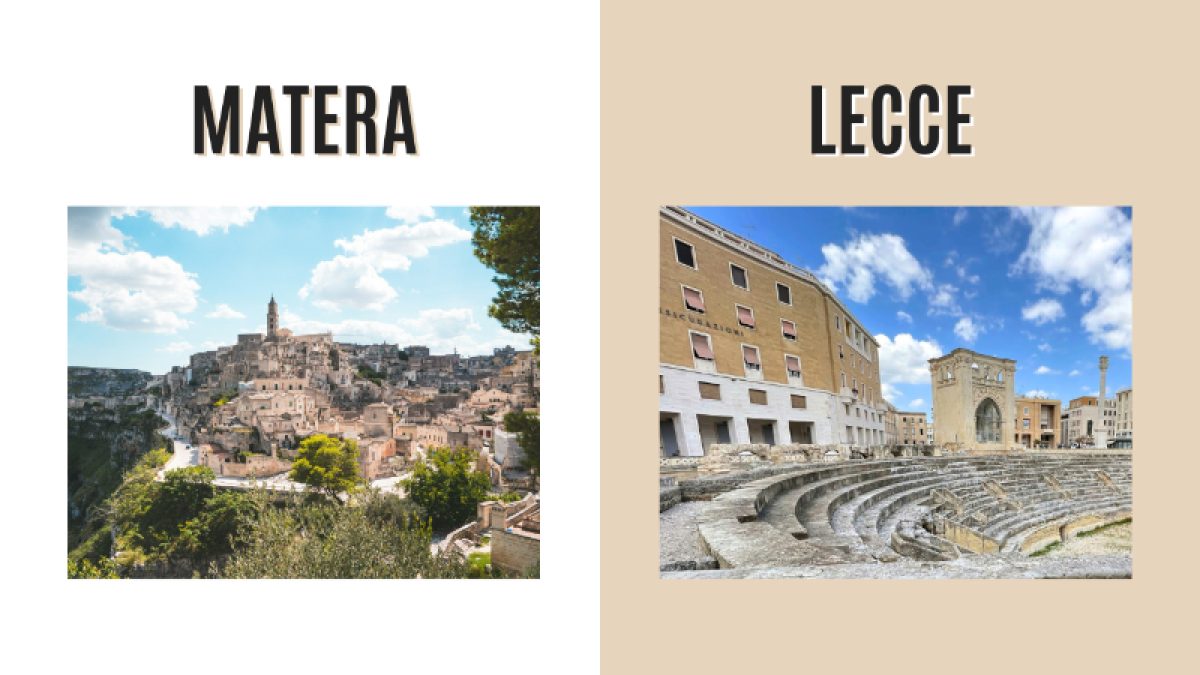
Matera and Lecce offer rich historical tapestries and vibrant cultural scenes. These two southern Italian gems showcase the region’s ancient roots and artistic heritage through their unique architecture and traditions.
Historical Significance of Matera
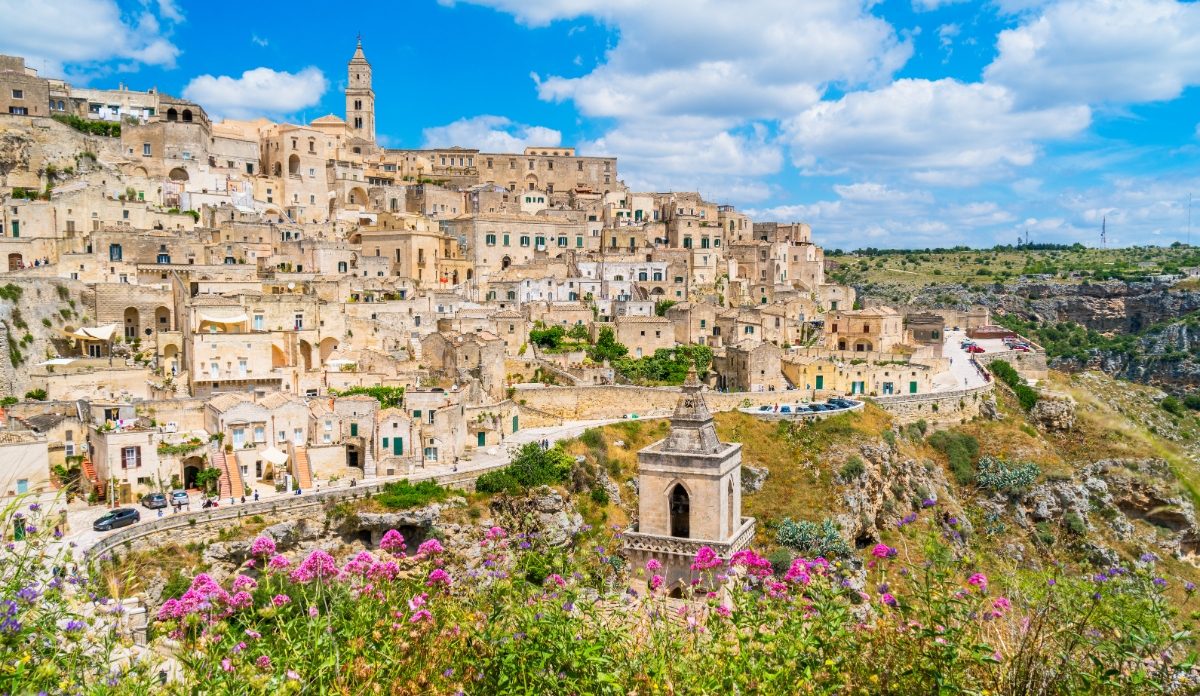
Matera’s history stretches back over 9,000 years, making it one of the oldest continuously inhabited cities in the world. The Sassi district, with its cave dwellings carved into the rocky hillside, tells the story of human ingenuity and adaptation.
In the 1950s, Matera was known as the “shame of Italy” due to its poverty and poor living conditions. However, a remarkable turnaround saw it become a UNESCO World Heritage Site in 1993.
Today, visitors can explore ancient rupestrian churches with beautiful frescoes dating back to the 8th century. The city’s transformation from a slum to a cultural hotspot earned it the European Capital of Culture title in 2019.
Lecce’s Baroque Architecture

Lecce, often called the “Florence of the South,” is famous for its stunning Baroque architecture. The city’s golden age in the 17th century left a legacy of ornate churches, palaces, and squares.
The soft local limestone allowed sculptors to create incredibly detailed facades and decorations. Lecce’s Baroque style is so distinctive that its name is Barocco Leccese.
Key sights include the Basilica di Santa Croce, its intricate rose window and animal sculptures, and the Piazza del Duomo, home to the city’s cathedral and bishop’s palace.
The Sassi di Matera
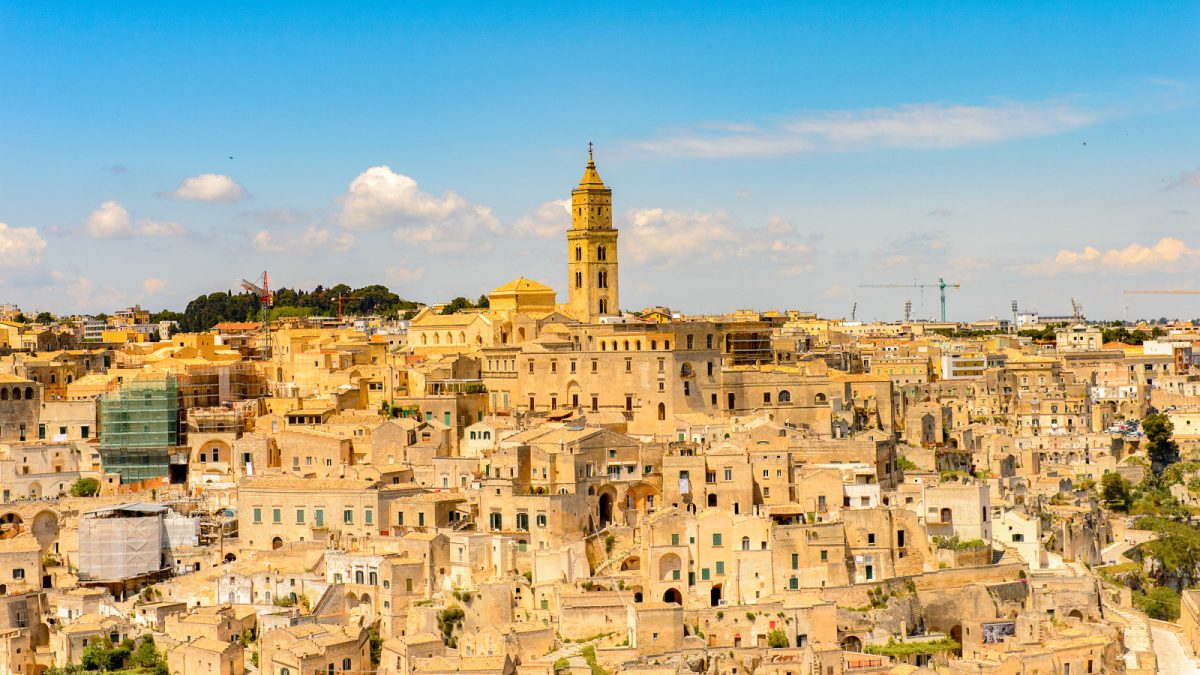
The Sassi di Matera are ancient cave dwellings that form a unique urban landscape. These prehistoric settlements were continuously inhabited until the 1950s, when the government forcibly relocated residents due to poor living conditions.
The Sassi are divided into two districts – Sasso Caveoso and Sasso Barisano. Visitors can now explore restored cave homes, hotels, and restaurants built into the rock.
Don’t miss the Casa Grotta, a museum that recreates a typical Sassi home from the 1950s. For a fee of about €3, you can step back in time and see how families once lived alongside their animals in these cave dwellings.
Mythology and Traditions of Salento

Lecce sits in the heart of Salento, a region steeped in mythology and ancient traditions. The area’s Greek heritage is still evident in local customs and the Griko dialect spoken in some villages.
One fascinating tradition is the tarantella dance, which is said to cure the bite of the tarantula spider. Though rooted in pagan rituals, it’s now a popular folk dance performed at festivals.
Salento is also known for its handicrafts, like papier-mâché figurines and colorful ceramics. Visit the Notte della Taranta festival in August to experience Salento’s folk music and dance traditions in full swing.
Geographical Insights
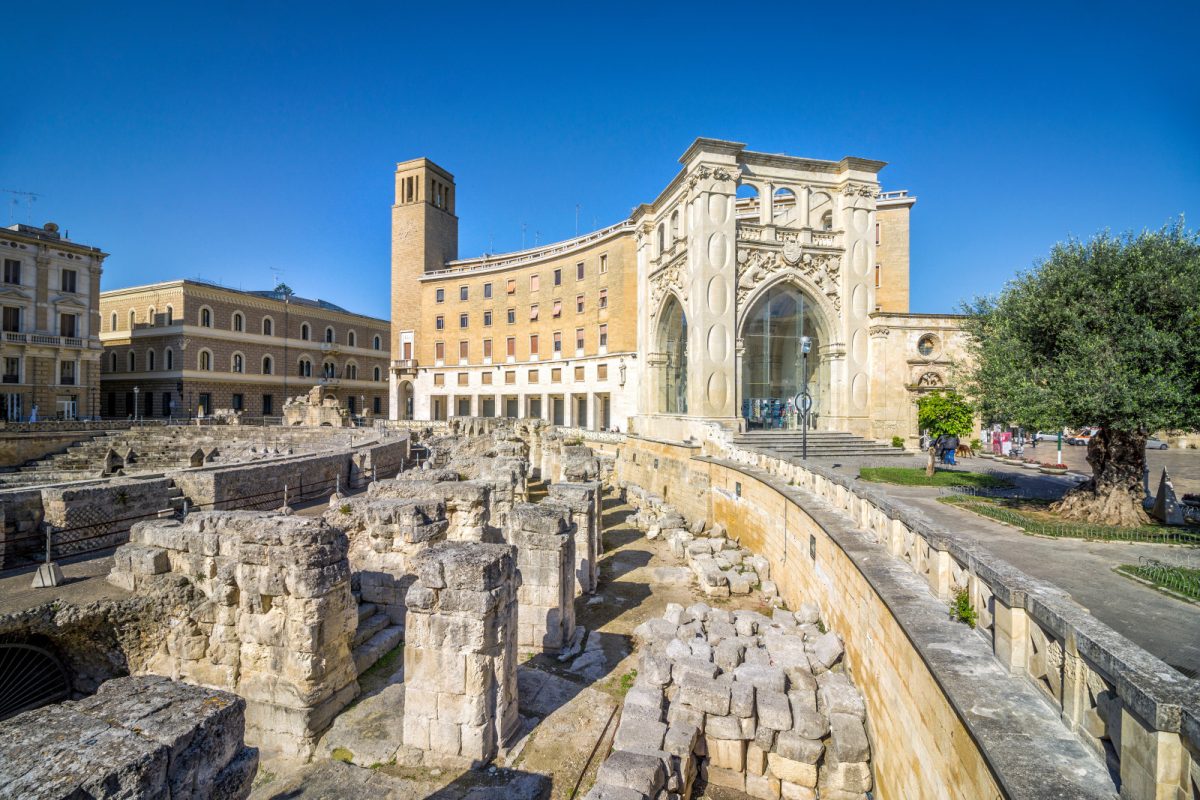
Matera and Lecce offer distinct landscapes that showcase Italy’s diverse beauty. Cliffs, rolling hills, and sparkling coastlines shape these cities’ unique characters.
Matera’s Landscape
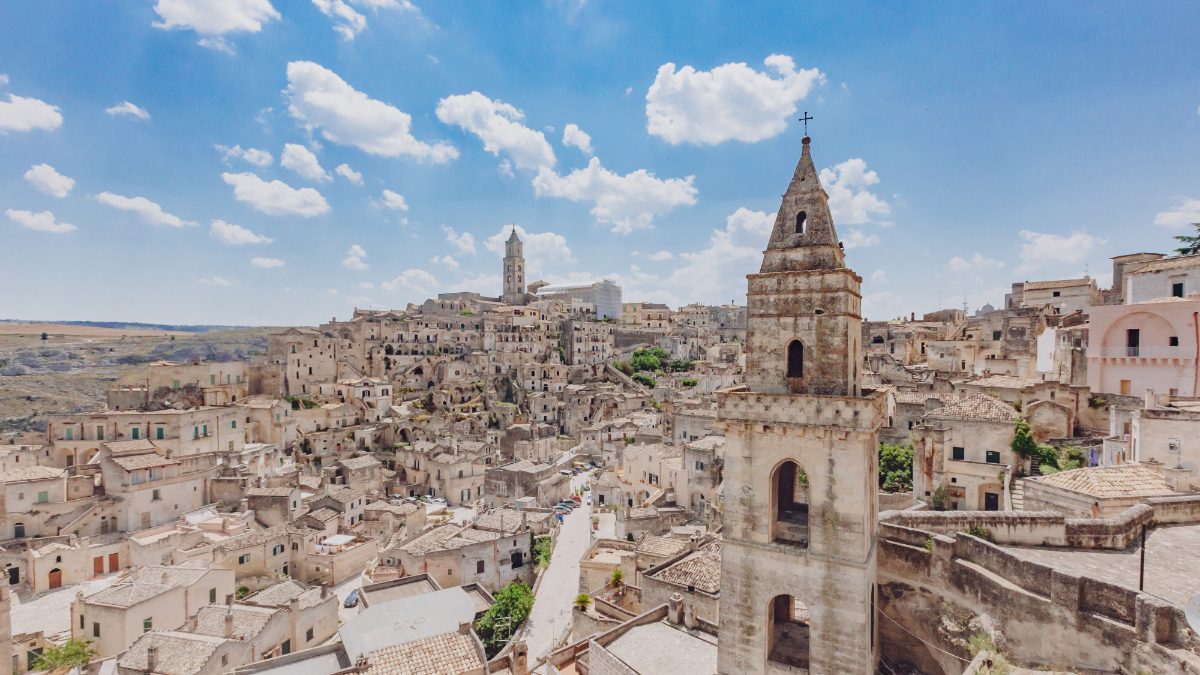
Perched on a rocky outcrop, Matera’s geography is truly one-of-a-kind. The city’s famous Sassi districts cling to the edges of a deep ravine, creating a breathtaking sight. Ancient cave dwellings are carved into the limestone, forming a honeycomb-like structure.
The surrounding area features rugged terrain with deep gorges and steep hillsides. Matera’s elevation provides stunning panoramic views of the surrounding countryside. On clear days, you can see for miles across the undulating landscape of Basilicata.
Lecce and the Adriatic
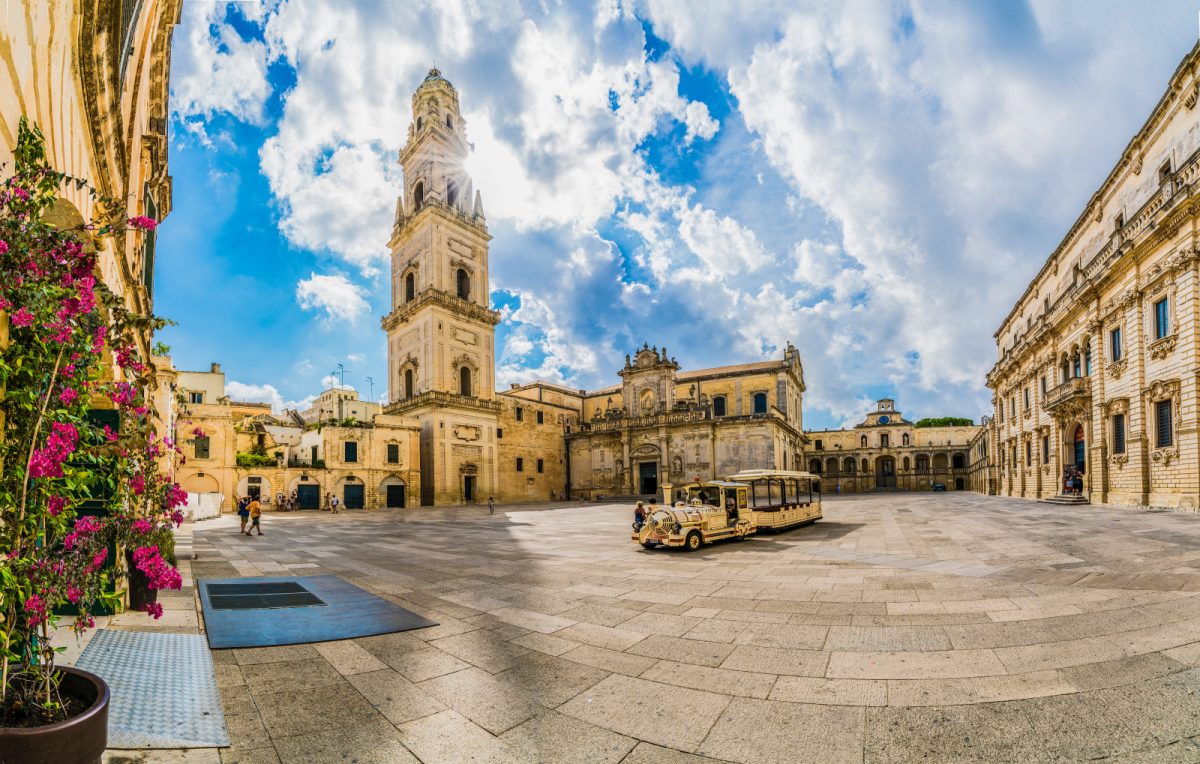
Lecce is on a flat plain in the Salento peninsula, just a short drive from the Adriatic coast. Its location gives it a more open, spacious feel than hilly Matera. Lecce’s geography made it easier to expand over time, resulting in wider streets and larger piazzas.
The nearby Adriatic shoreline boasts long stretches of sandy beaches and crystal-clear waters. Popular coastal towns like Otranto are just 40 km away. Lecce’s position makes it an ideal base for exploring Puglia‘s stunning coastline.
Puglia’s Coastline Contrast
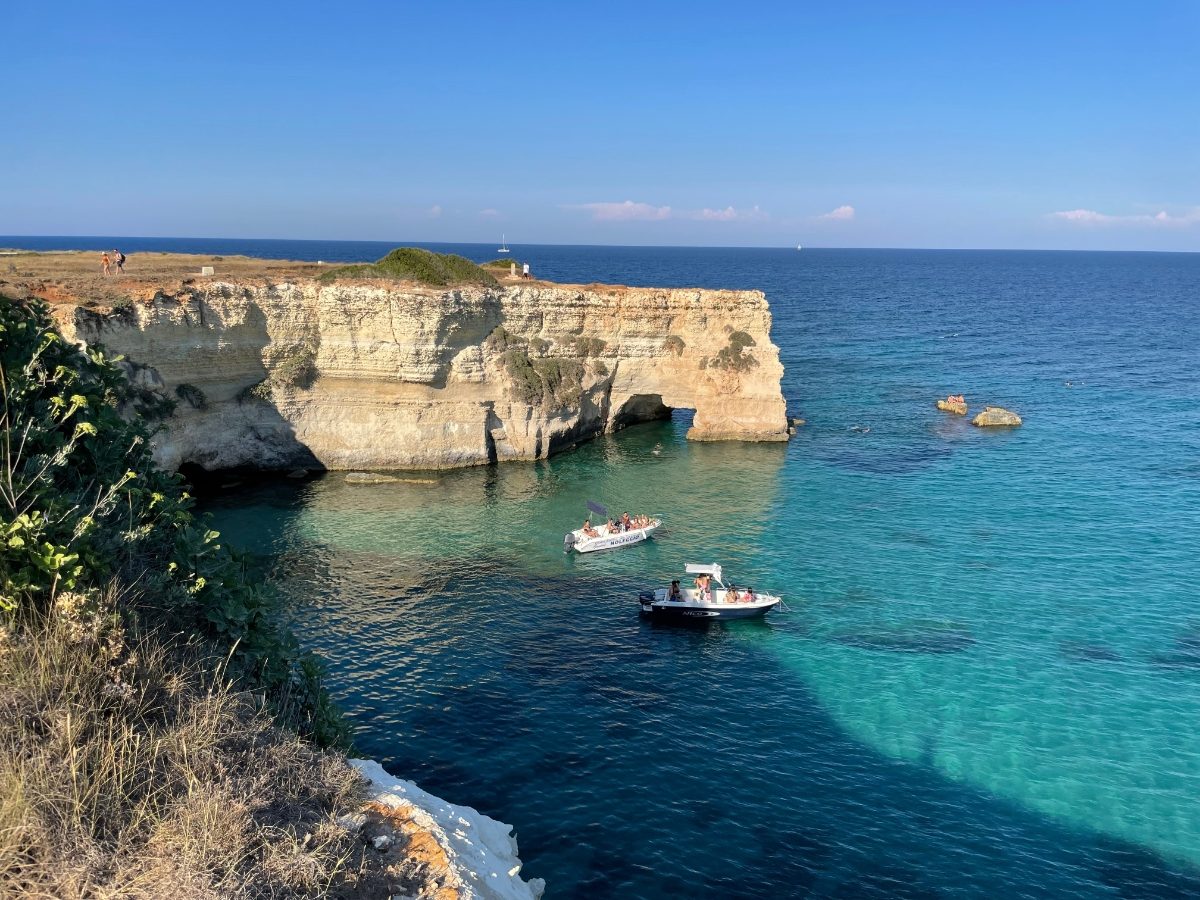
Puglia’s extensive coastline offers a rich variety of landscapes. The Adriatic side features dramatic limestone cliffs and hidden coves. You can’t miss Torre dell’Orso, with its twin rock formations, which is a must-see (€5 parking in summer).
You’ll find long sandy beaches and shallow waters on the Ionian coast perfect for families. The area around Gallipoli is particularly beautiful. Porto Cesareo boasts some of Italy’s whitest sand.
Inland, Puglia’s countryside is dotted with olive groves and vineyards. The iconic trulli houses of Alberobello add a unique touch to the region’s geography.
See Related: Puglia vs Amalfi Coast: Which Enchanting Italian Paradise to Choose
Art and Events

Matera and Lecce boast vibrant cultural scenes with unique art and events. Both cities allow visitors to immerse themselves in local traditions and contemporary creativity.
Matera’s Cultural Scene
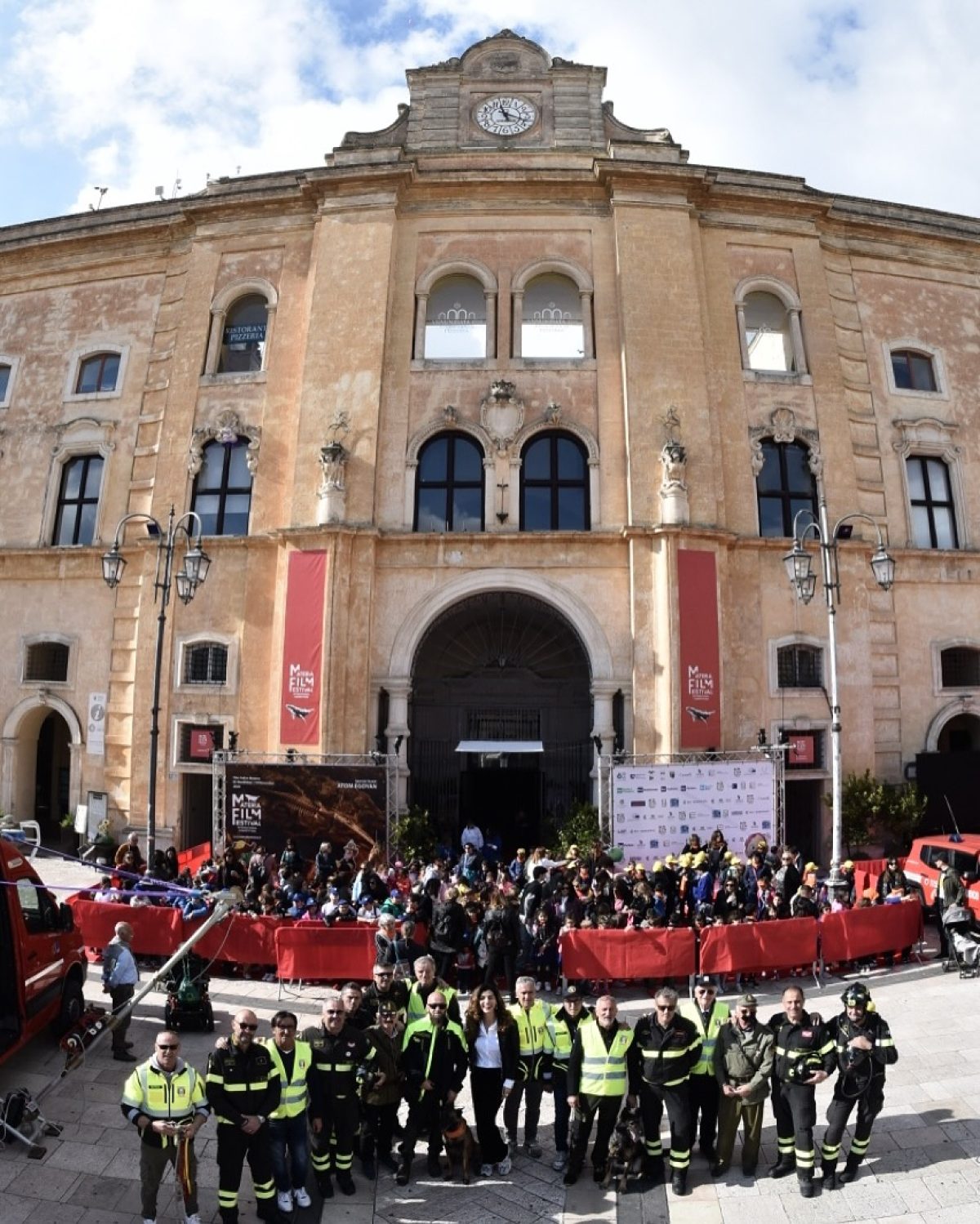
Matera’s artistic spirit shines through its ancient streets. In September, the city hosts the annual “Women’s Fiction Festival,” drawing writers from around the world. Art lovers shouldn’t miss the MUSMA (Museum of Contemporary Sculpture) in a 16th-century palace. It’s a striking blend of old and new.
The street art pops up in unexpected corners of the Sassi. Local artists use the cave walls as their canvas, creating a unique outdoor gallery. To taste traditional crafts, visit the artisan workshops in the old town. You’ll find everything from ceramics to hand-woven textiles.
The Matera Film Festival in October is a treat for movie buffs. It showcases international films against the backdrop of the city’s stunning architecture.
Festivals in Lecce
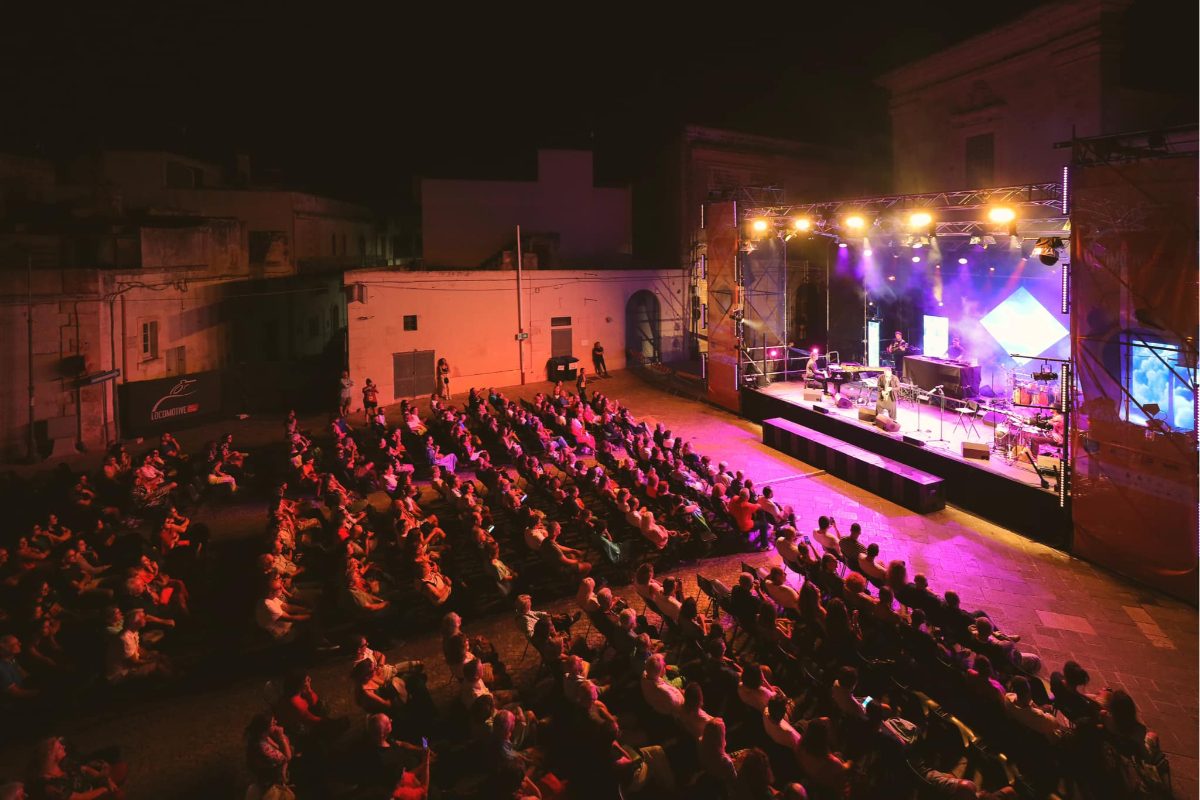
Lecce bursts with energy during its many festivals. The Feast of Sant’Oronzo in August is a three-day extravaganza of music, food, and fireworks. It’s a great time to experience local culture and mingle with friendly locals.
Art enthusiasts will love the Lecce Art Festival in July. The event transforms the city into an open-air gallery, with installations dotting the Baroque streets. Street performers add to the lively atmosphere.
For music lovers, the Locomotive Jazz Festival in summer is a must. It brings together jazz artists from Italy and beyond, and the concerts often take place in stunning outdoor venues.
The Festival of San Nicola and Santa Irene in May is a colorful affair. Expect parades, traditional dances, and mouth-watering street food. It’s a perfect time to experience the best of Italy’s cultural offerings.
Culinary Journey
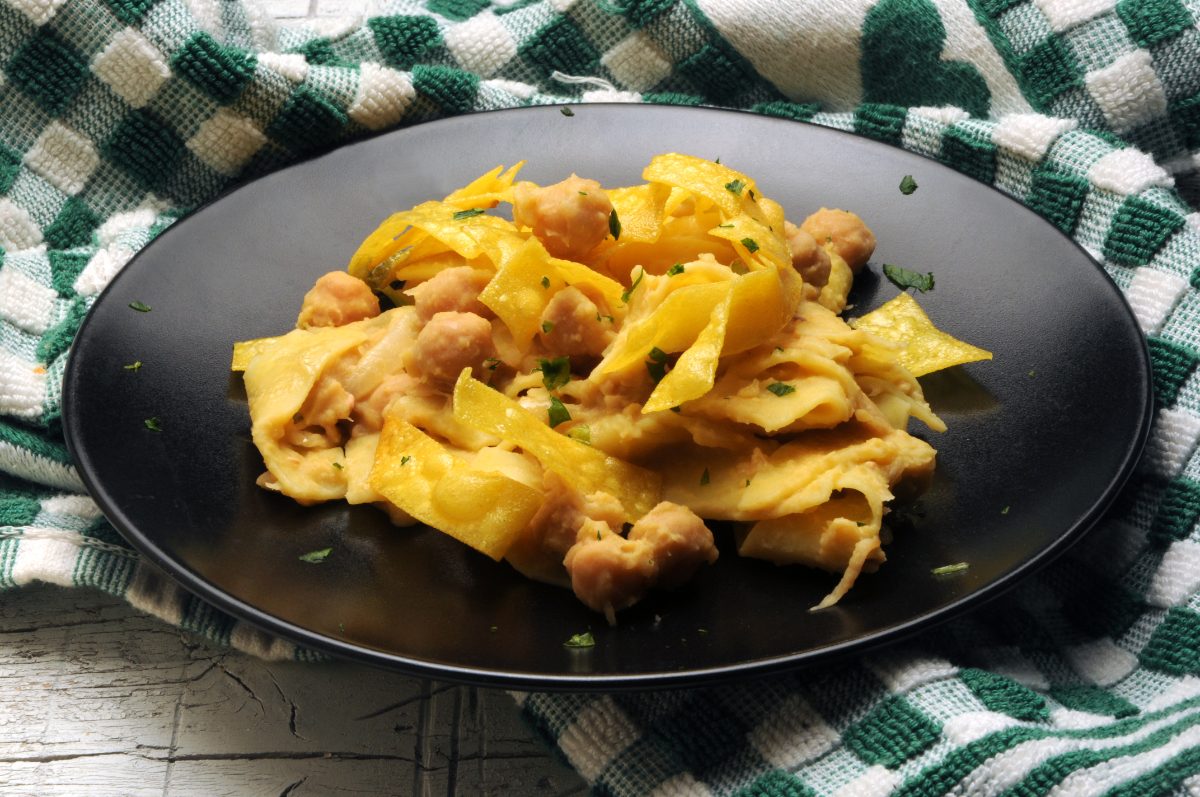
Matera and Lecce offer mouthwatering local specialties showcasing the best southern Italian cuisine. Each city has unique flavors and culinary traditions reflecting the region’s rich history and fresh ingredients.
Local Cuisine of Matera
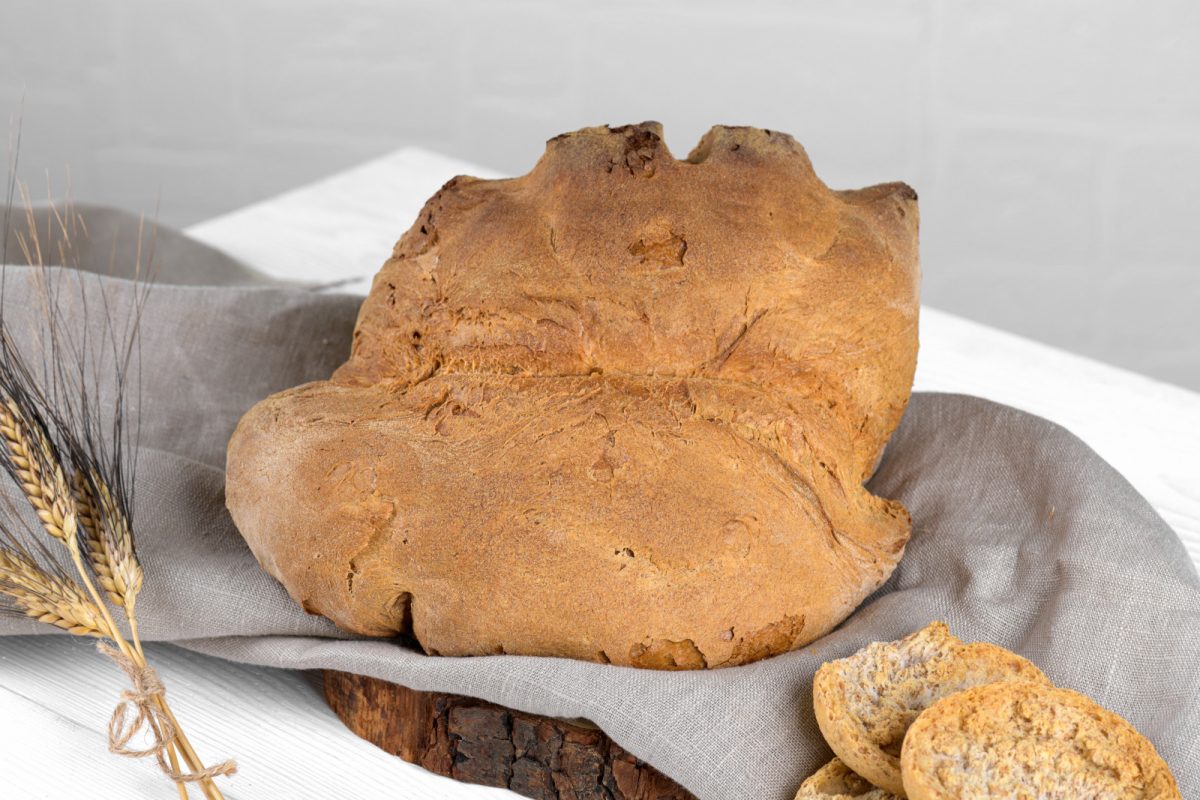
Matera’s food is hearty and rustic, with recipes passed down through generations. The city’s signature dish is crapiata, a thick soup made with legumes and grains. It’s perfect for chilly evenings!
Bread plays a huge role in Matera’s cuisine. The crusty, golden loaves called pane di Matera are baked in wood-fired ovens and have a distinctive shape. They’re so good you’ll want to buy extra to take home.
For meat lovers, try the lamb-based dishes. Agnello alla materana is a tasty stew cooked with local herbs. Pair it with a glass of Aglianico del Vulture, a bold red wine from nearby vineyards.
Don’t miss peperoni cruschi, crispy dried peppers that add a punch of flavor to many dishes. They’re addictive as a snack, too!
Gastronomy in Lecce

Lecce’s food scene blends traditional Puglian flavors with creative twists. The city is famous for its street food, especially rustico leccese – a savory pastry filled with mozzarella, tomato, and béchamel sauce. It’s the perfect quick bite while exploring.
Pasta lovers should try orecchiette, a little ear-shaped noodle often served with turnip tops or a rich meat ragù. For a unique treat, sample ciceri e tria, a centuries-old dish of fried pasta and chickpeas.
Lecce’s proximity to the coast means amazing seafood. Try the local swordfish or sea urchin pasta if you’re feeling adventurous. Wash it all down with a crisp Salento white wine.
Sweet tooths will love pasticciotto, a pastry filled with custard cream. It’s best enjoyed fresh from the oven for breakfast with a strong espresso.
Nearby Attractions
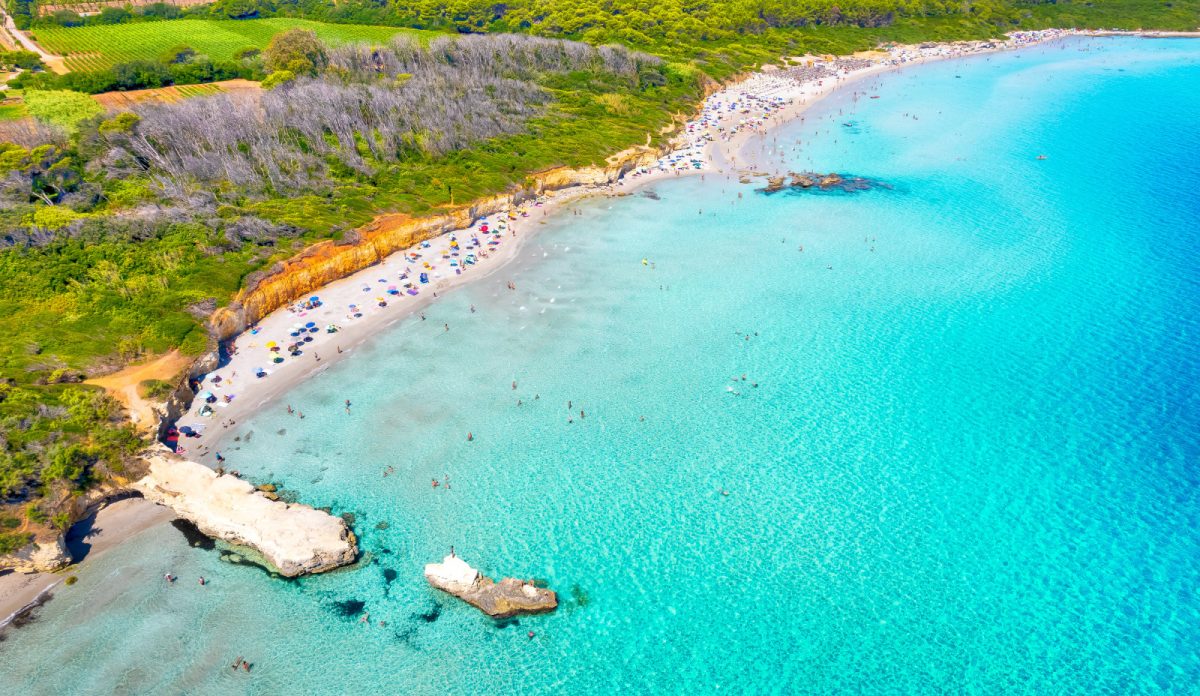
Matera and Lecce are great bases to explore the stunning Puglia region. The area offers charming towns, beautiful beaches, and unique cultural experiences within easy reach.
Day Trips from Matera
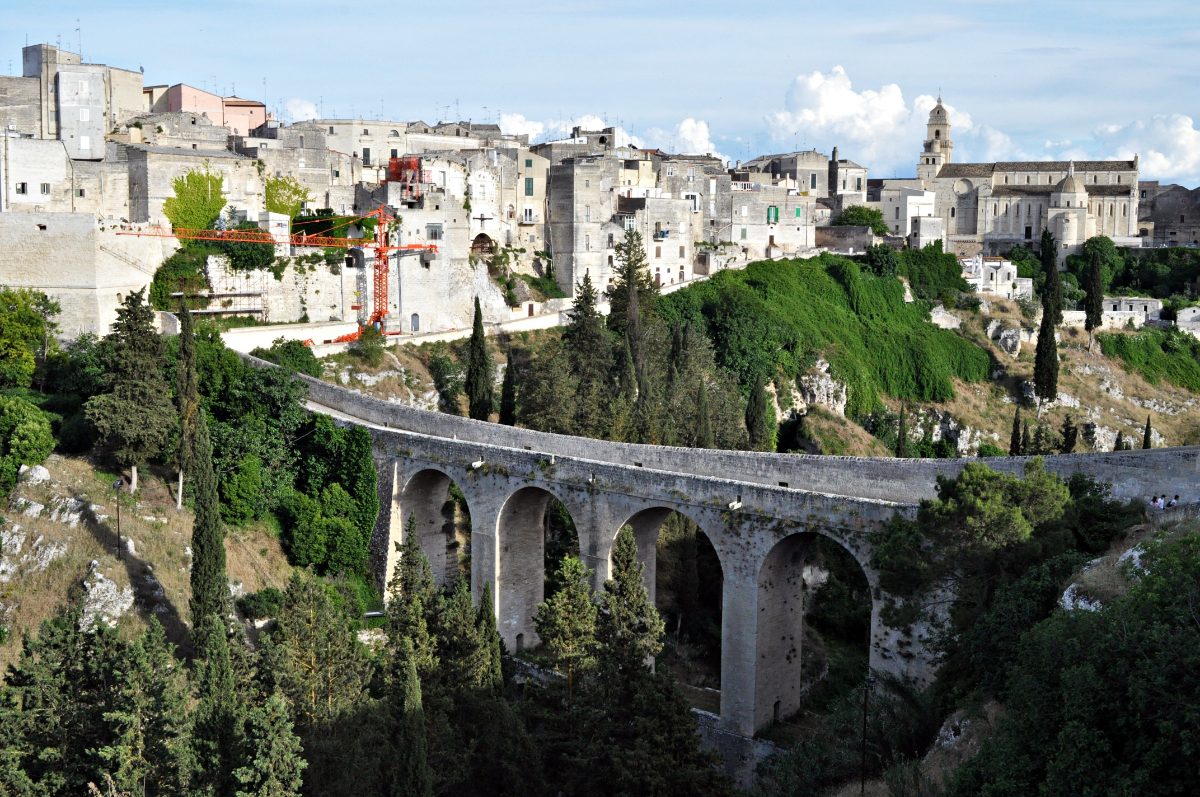
Matera’s central location makes it perfect for day trips. The Murgia National Park is just a stone’s throw away. It’s a hiker’s paradise with ancient rock churches and breathtaking views. Pack a picnic and spend a day exploring the rugged landscape.
Gravina in Puglia is another gem. About 30 minutes from Matera, this town is set in a dramatic ravine with fascinating underground tunnels and caves. Don’t miss the Ponte Acquedotto, an impressive 18th-century aqueduct bridge.
For a beach day, head to Metaponto. It’s about an hour’s drive, but it’s worth it for the golden sands and clear waters. The area also has important Greek ruins, including the Temple of Hera.
Exploring the Salento Peninsula
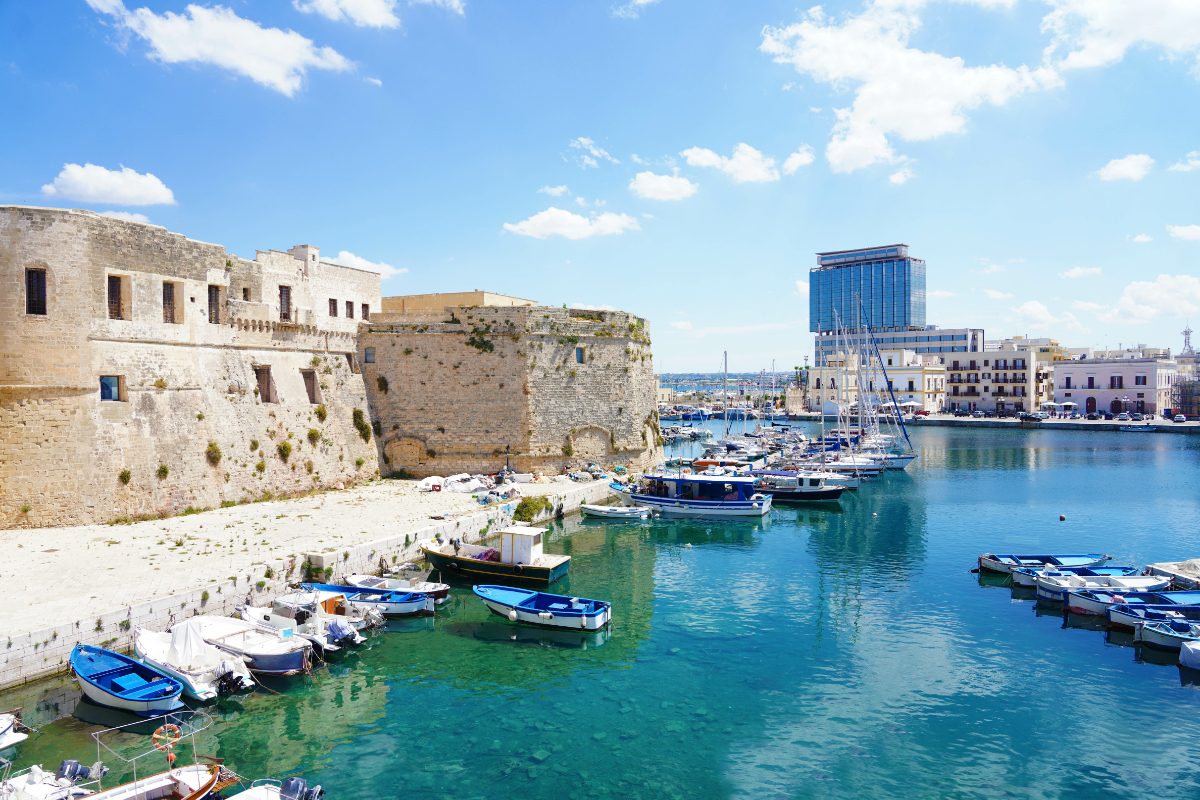
Lecce is the gateway to the Salento Peninsula, the heel of Italy’s boot. This area is famous for its stunning coastline and charming towns.
Gallipoli is a must-visit. This coastal town has a beautiful old center on a tiny island. Spend a day wandering its narrow streets and relaxing on its sandy beaches.
Otranto is another coastal gem. It has a lovely historic center and a stunning cathedral with an incredible mosaic floor. The nearby Alimini Lakes offer a change of scenery with pine forests and dunes.
For a unique experience, visit Castro. This small town perched on cliffs has amazing sea views. Take a boat tour to explore the stunning coastal caves.
Visit to Alberobello

Alberobello is a fairytale-like town famous for its trulli, cone-shaped stone houses that look like they’re straight out of a storybook. It’s about an hour from Matera and Lecce.
Wander through the Rione Monti district, where most of the trulli are. Some are now shops or restaurants. You can even stay in a trullo for a unique experience.
Visit the Trullo Sovrano, the only two-story trullo in town. It’s now a museum showing how people lived in these unique homes. For great views, climb up to the Church of Saint Anthony, built like a trullo.
Ostuni: The White City
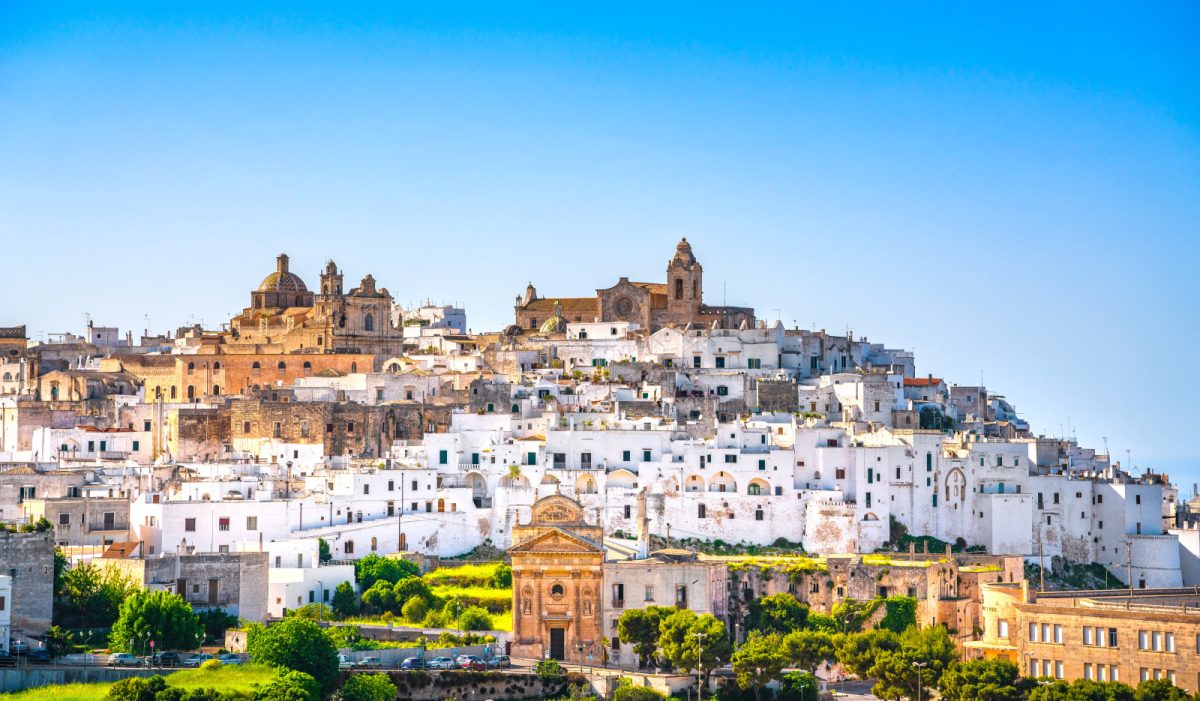
Ostuni, known as the “White City,” is a stunner. It’s about an hour from both Matera and Lecce. The old town is a maze of whitewashed buildings perched on a hill.
Start at Piazza della Libertà, the main square. From here, wander the narrow streets to the cathedral at the top. The views of the olive groves and the sea are amazing.
Visit the Saturday market for local produce and crafts. It’s a great place to pick up olive oil or local wines. For a beach break, head to nearby Torre Pozzella. It’s a small cove with crystal-clear water.
See Related: How to Experience Italy Like a Local
Travel Tips and Accommodations

Matera and Lecce offer unique lodging experiences that reflect their distinct characters. From cave hotels to baroque palazzos, these cities provide memorable stays for visitors.
Staying in Matera

Matera’s sassi districts offer one-of-a-kind accommodations in restored cave dwellings. Many hotels blend modern comforts with ancient stone walls. Expect to pay €100-200 per night for a mid-range cave room. Book early, as these fill up fast!
Some hotels have terraces with stunning views of the ravine. For a splurge, try a luxury cave spa hotel. Budget travelers can find hostels or B&Bs outside the sassi for around €50-80.
Parking is tricky in the old town. Look for hotels with parking or use public lots on the outskirts. Summer gets hot, so check if your room has A/C.
Lodging in Lecce
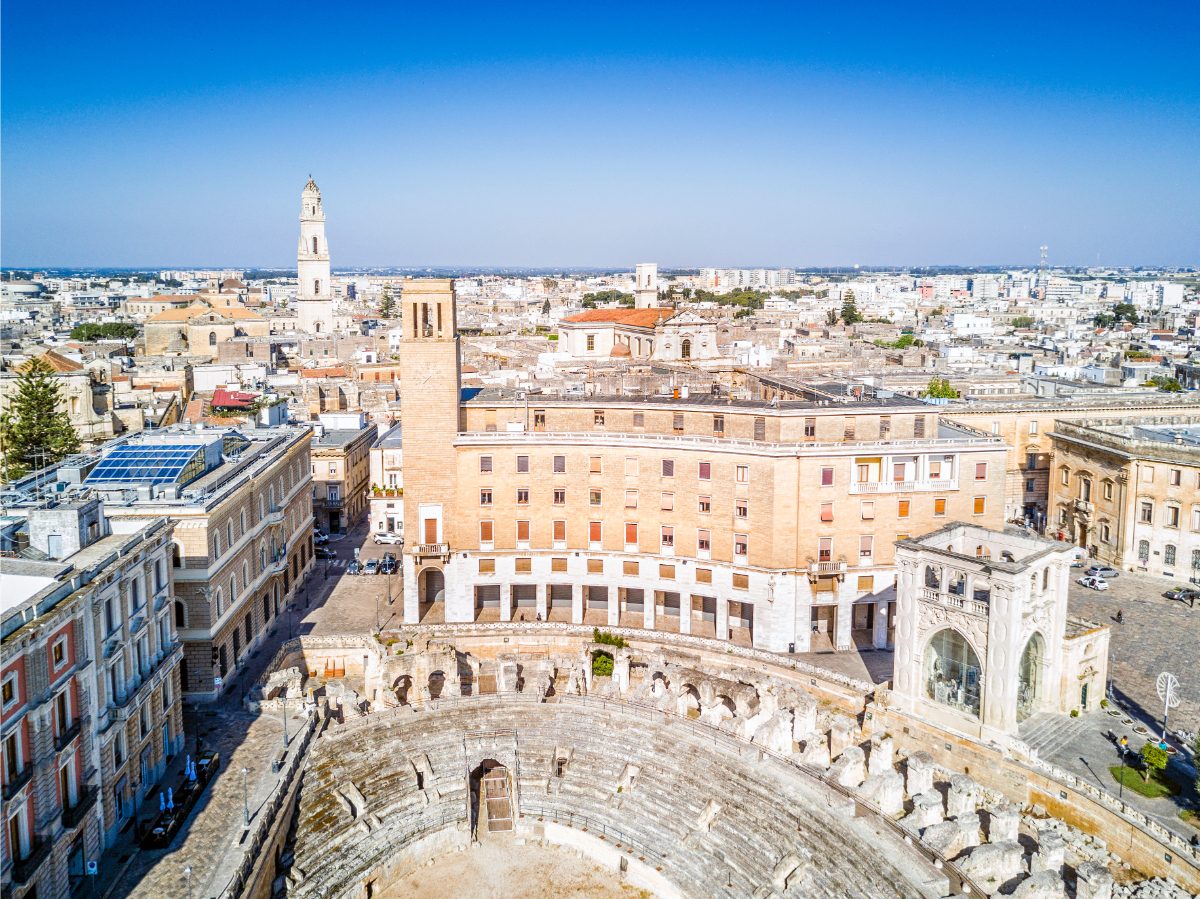
Lecce’s historic center features charming B&Bs and boutique hotels in converted palazzos. Many showcase original Baroque details and courtyards. Rooms in the old town cost €70-150.
Some spots offer cooking classes or bike rentals. I once stayed at a place with a rooftop breakfast area – magic! For longer stays, look into apartment rentals.
The train station area has cheaper options but less atmosphere. Lecce gets crowded in July-August, so book ahead. Winter brings lower rates and fewer tourists.
Most hotels are within walking distance of the main sights. If you’re driving, ask about parking — the center has restrictions.
See Related: Two Weeks in Italy Itinerary: The Perfect Family Adventure
Frequently Asked Questions
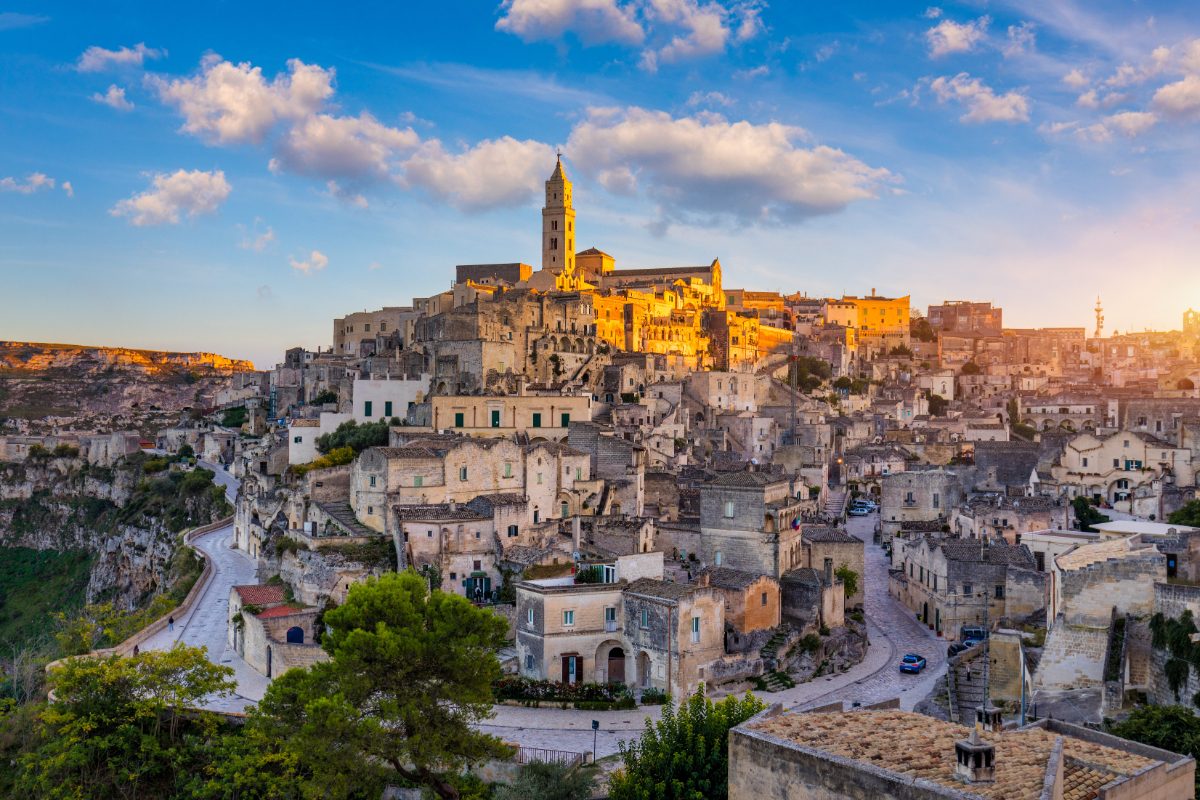
Matera and Lecce offer unique experiences for travelers exploring southern Italy. Let’s dive into some key details about visiting these captivating cities.
What are the must-see attractions in Matera for a short visit?
The Sassi districts are Matera’s crown jewels. These ancient cave dwellings carved into limestone cliffs are a UNESCO World Heritage site. Don’t miss the Casa Grotta, a museum showcasing traditional Sassi life.
The Palombaro Lungo is an impressive underground water cistern. It’s a cool respite on hot days and gives insight into Matera’s clever water management.
Can you recommend the top cultural experiences in Lecce?
Lecce’s Baroque architecture is a feast for the eyes. The Basilica di Santa Croce has an ornate facade that will make your jaw drop. It took over 200 years to complete!
To taste local life, join the evening passeggiata (stroll) along Via Vittorio Emanuele II. Grab a gelato and people-watch as locals socialize.
What is the ideal duration for a stay in Lecce to fully appreciate its beauty?
Three to four days in Lecce lets you soak in the city’s charm without rushing. This gives time to explore the historic center, visit key churches, and enjoy leisurely meals.
Take a day trip to nearby coastal towns like Otranto or Gallipoli. The beaches are gorgeous, and you’ll get a fuller picture of Puglia’s diversity.
Are there any hidden gems on the route from Matera to Lecce?
Alberobello is a quirky stop between Matera and Lecce. Its cone-shaped trulli houses look straight out of a fairy tale. It can get crowded, so visit early.
Ostuni, the “White City,” is less known but equally stunning. Its whitewashed old town on a hill offers sweeping views of olive groves and the Adriatic Sea.
What are the best dining experiences that showcase local cuisine in Matera?
For an authentic Materan meal, try Ristorante Francesca in the Sassi. Their orecchiette pasta with turnip tops is to die for. Expect to pay around €25-30 per person.
Baccanti offers a modern take on local flavors. Their tasting menu lets you sample a variety of dishes. Book ahead, as it’s popular with both locals and tourists.
Could you suggest scenic drives or day trips in the vicinity of Lecce?
The coastal drive from Lecce to Otranto is breathtaking. Stop at Torre dell’Orso beach for a swim and admire the twin sea stacks known as “The Two Sisters.”
Head inland to Martina Franca, a baroque gem surrounded by the Itria Valley. The drive-through olive groves and vineyards are lovely, especially in spring when wildflowers bloom.

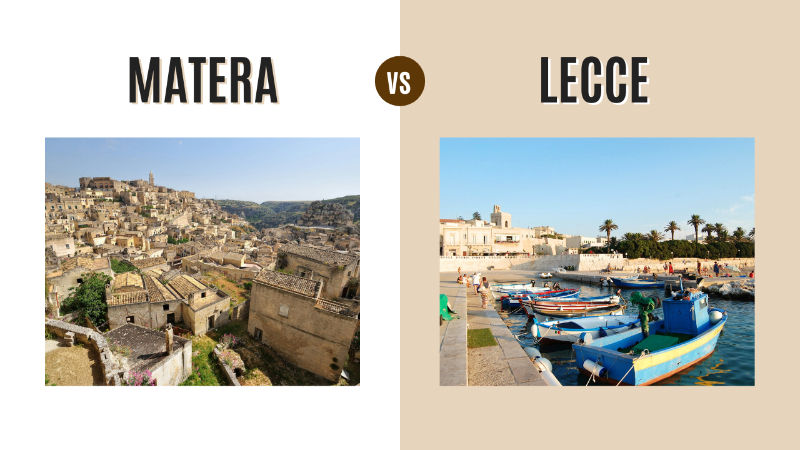
0 Comment